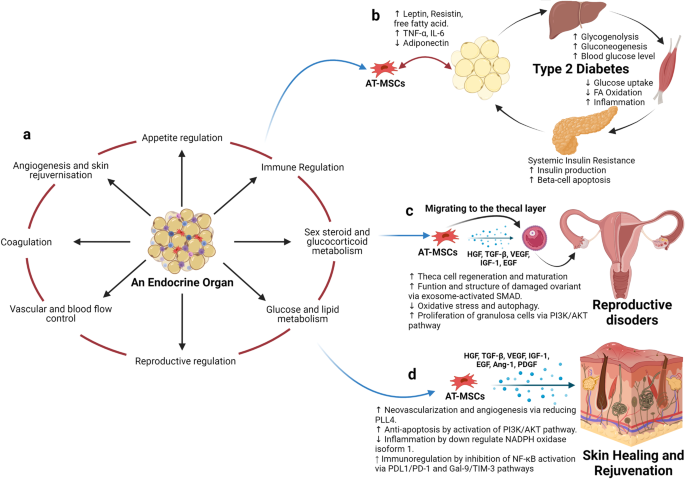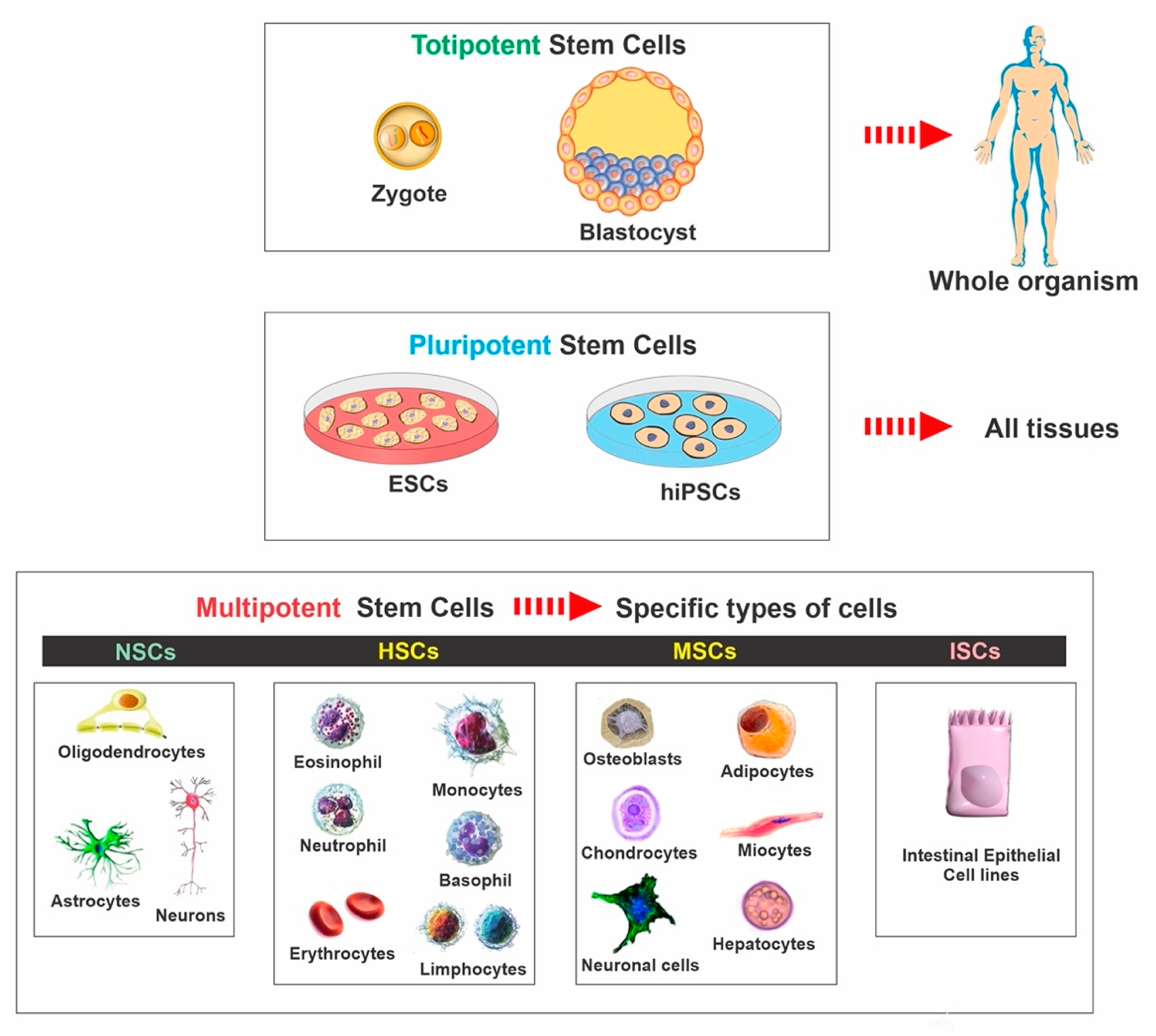Table of Contents

[/image][=video]
[/video]
There are many kinds of stem cells. Generally, the term stem cell refers to a group of cells that trigger various other cells (like skin, blood, heart, and muscle cells) by reproducing and distinguishing in reaction to chemical signs. Totipotent stem cells appear at the earliest phase of development and are the only stem cells which can create embryonic stem cells and the placenta.
Bone marrow transplant (BMT) is a special therapy for individuals with particular cancers cells or various other illness. A bone marrow transplant involves taking cells that are usually found in the bone marrow (stem cells), filtering those cells, and providing back either to the contributor (person) or to one more individual. The objective of BMT is to transfuse healthy and balanced bone marrow cells into an individual after his or her own unhealthy bone marrow has been treated to kill the abnormal cells.
The blood cells that make other blood cells are called stem cells. The most primitive of the stem cells is called the pluripotent stem cell.
It is the stem cells that are required in bone marrow transplant. The objective of a bone marrow transplant is to heal many conditions and kinds of cancer. When the dosages of radiation treatment or radiation required to heal a cancer cells are so high that an individual's bone marrow stem cells will be permanently damaged or destroyed by the therapy, a bone marrow transplant might be needed.
Hormone Therapy around Walker
This procedure is typically called rescue. Change bone marrow with genetically healthy and balanced working bone marrow to stop even more damages from a genetic illness procedure (such as Hurler's disorder and adrenoleukodystrophy). The dangers and advantages must be considered in a detailed discussion with your doctor and specialists in bone marrow transplants prior to the procedure.
There are various kinds of bone marrow transplants depending on that the donor is. The different sorts of BMT consist of the following: The donor is the person himself or herself. Stem cells are extracted from the individual either by bone marrow harvest or apheresis (a procedure of gathering peripheral blood stem cells), frozen, and after that returned to the patient after extensive treatment.
The donor shares the same genetic type as the patient. Stem cells are taken either by bone marrow harvest or apheresis from a genetically matched benefactor, generally a sibling or sis. Other benefactors for allogeneic bone marrow transplants may include the following: A haploid-identical suit is when the benefactor is a parent and the hereditary match goes to the very least half the same to the recipient.

Matching includes typing human leukocyte antigen (HLA) tissue. The antigens on the surface of these unique leukocyte figure out the genetic make-up of an individual's body immune system. There go to the very least 100 HLA antigens; however, it is thought that there are a couple of major antigens that determine whether a benefactor and recipient suit.
Medical research study is still investigating the duty all antigens play in the procedure of a bone marrow transplant. The even more antigens that match, the much better the engraftment of donated marrow. Engraftment of the stem cells takes place when the contributed cells make their way to the marrow and begin making new blood cells.
Perimenopause Treatment local to Walker, Michigan
All individuals work together to offer the best opportunity for an effective transplant. The team is composed of the following: Health care service providers that specialize in oncology, hematology, immunology, and bone marrow transplant.
Professionals that will help you meet your nutritional requirements before and after the transplant. Numerous other team members will assess you before transplantation and will certainly provide follow-up care as needed.

A complete clinical background and physical examination are performed, consisting of numerous examinations to assess the client's blood and organ functions (as an example, heart, kidney, liver, and lungs). An individual will frequently enter the transplant center approximately 10 days before transplant for hydration, examination, placement of the main venous line, and various other prep work.
For an allogeneic transplant, an ideal (cells entered and matched) benefactor needs to be available. Volunteer marrow benefactors are signed up in numerous national and worldwide computer system registries.
Benefactor resources offered include: self, sibling, moms and dad or relative, nonrelated person, or umbilical cable from a related or nonrelated individual. There are national and global registries for nonrelated individuals and cable blood.
Hormone Therapy in Walker
Tests associated with his or her health and wellness, exposure to infections, and hereditary analysis will certainly be done to determine the degree of the suit. The benefactor will be given instructions on how a bone marrow contribution will certainly be made. Once a match for a person requiring a bone marrow transplant is found, after that stem cells will be accumulated either by a bone marrow harvest.
Or by an outer blood stem cell collection. This is where stem cells are accumulated from the circulating cells in the blood. Of the two, peripheral blood stem cell contributions are now more typical. Cable blood has actually currently been accumulated at the time of a birth and kept for later usage.
Navigation
Latest Posts
Hormone Therapy
Perimenopause Treatment
Menopause Therapy